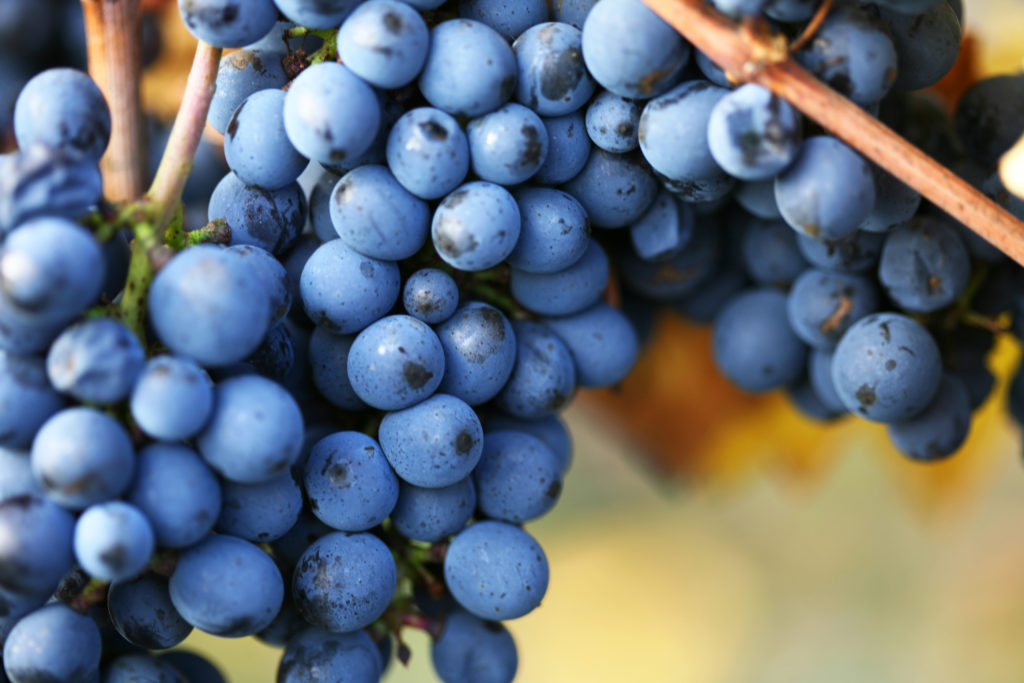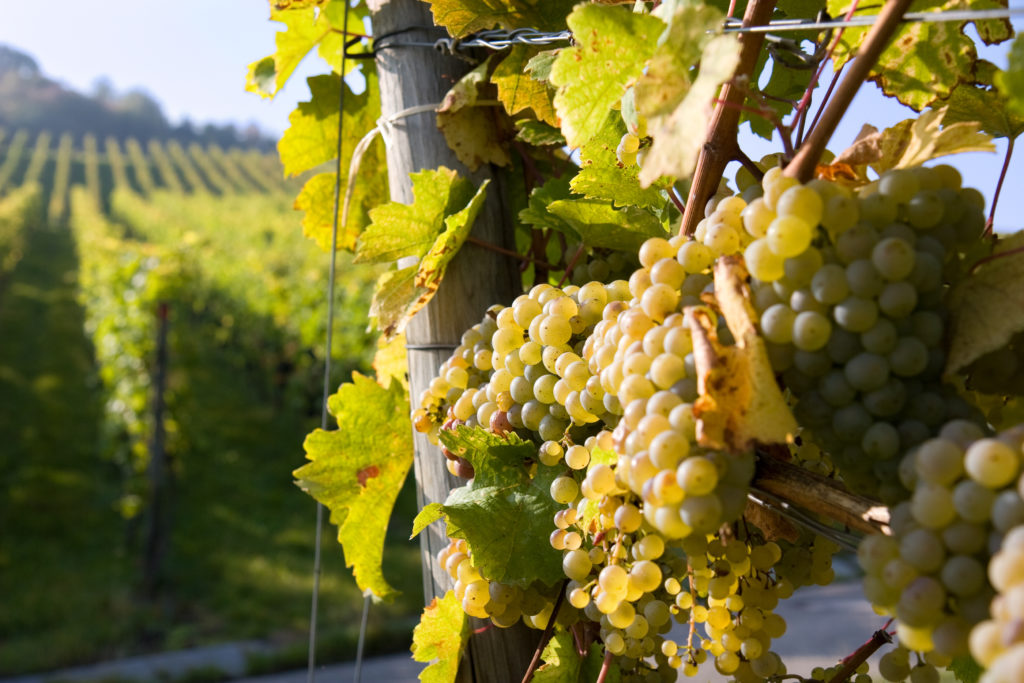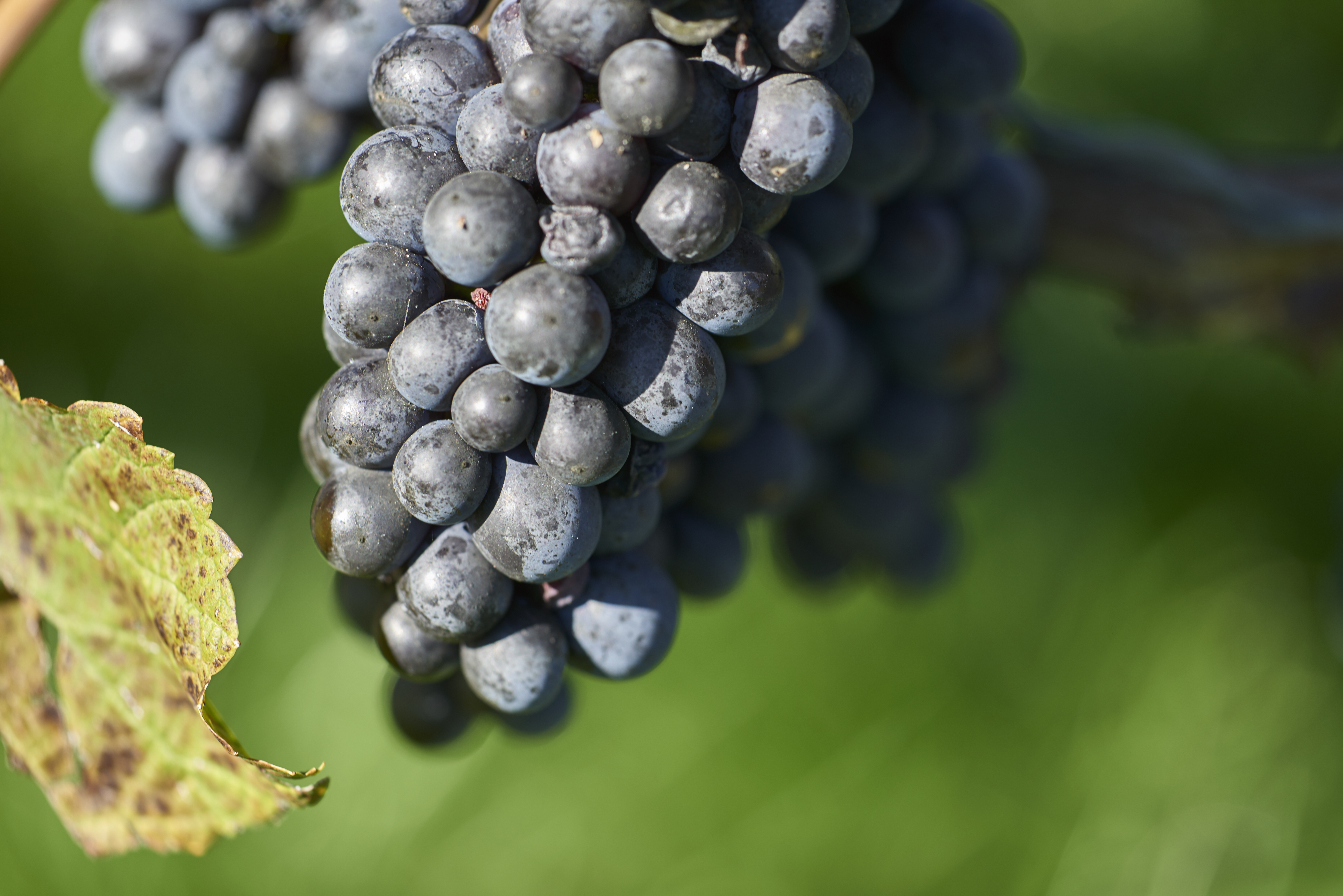Pinot Noir (literally: Black Pine, due to the grapes color and cluster looking like a black pine cone), is one of the most globally popular grapes, has a long growing history pre-dating the Roman Empire, and could be upwards of 1,000 years older than the Cabernet Sauvignon grape. The grape goes by a few names depending on the growing region in the world, and lesser known fact, by the skin mutations the variety carries. In Switzerland, Austria, and Germany it is known as Blauburgunder and Spätburgunder. In Italy you will find it as Pinot Nero. The white mutation of the grape can be found globally as Pinot Blanc, and the ruby red mutation of the traditionally dark purple grape is known as Pinot Gris or Pinot Grigio.

Yes, you read that correctly.
Pinot Noir is the same grape as Pinot Grigio and Pinot Blanc. There are small genetic mutations that the block color genes, and in turn, change the grapes colors. Try and remember this fact before you pay a high price for the new trend of White Pinot Noir that seems to be catching traction. You can already get essentially White Pinot Noir by simply buying a bottle of Pinot Blanc.

Variations in the flavor and acidity profiles do range between the 3 variances of the Pinot Noir grape, but the biggest factors come from the terroir of their growing region, skin contact, climate, and of course the deft hand of the winemakers themselves.

The Pinot grape is notoriously hard to grow due to a thin skin and tightly packed clusters that can create a very long list of complications. It is known to be the “heartbreaker” grape, as young growers/vintners can have their hearts broken when they lose an entire crop early in their career – which happens more often than not. The grape is also a huge fan of cooler climates, hence its dominant growths being in Champagne, Burgundy, Alsace, Germany, Switzerland, Austria, New Zealand, Oregon, Coastal California, and North Italy.
A natural cross between Pinot Noir and an almost extinct (in modern times) grape Gouais Blanc created the modern Chardonnay grape. This is largely the reason the two grapes are grown together. You can think of Chardonnay as the child of Pinot Noir.

